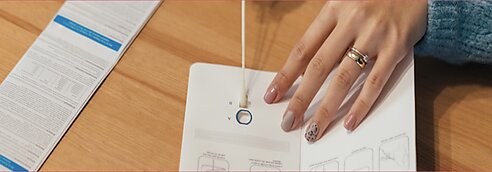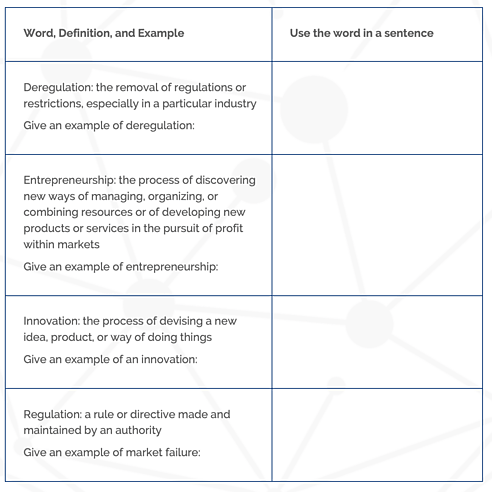In setting the high sensitivity bar, the FDA was, in fact, putting insufficient weight on the two massive advantages of rapid testing that, combined, dwarf any sensitivity problem. First, given they are cheaper, the strip tests could be undertaken more frequently across a wider population for a given testing budget, meaning they would be more likely to identify asymptomatic cases at the time the person is actually infectious than if we relied on people seeking out a PCR test only when they suspected that they might be infected.
Second, because the strip test results are provided rapidly (in 15 to 20 minutes, sometimes at home, compared to one to three days for PCR tests at best), potentially infectious people can isolate themselves immediately and notify those they have been in contact with sooner. These advantages minimize the window of transmission between people becoming infectious and ultimately isolating—the time the person would likely be out spreading the disease.
—Economics in One Virus, p. 138–139



